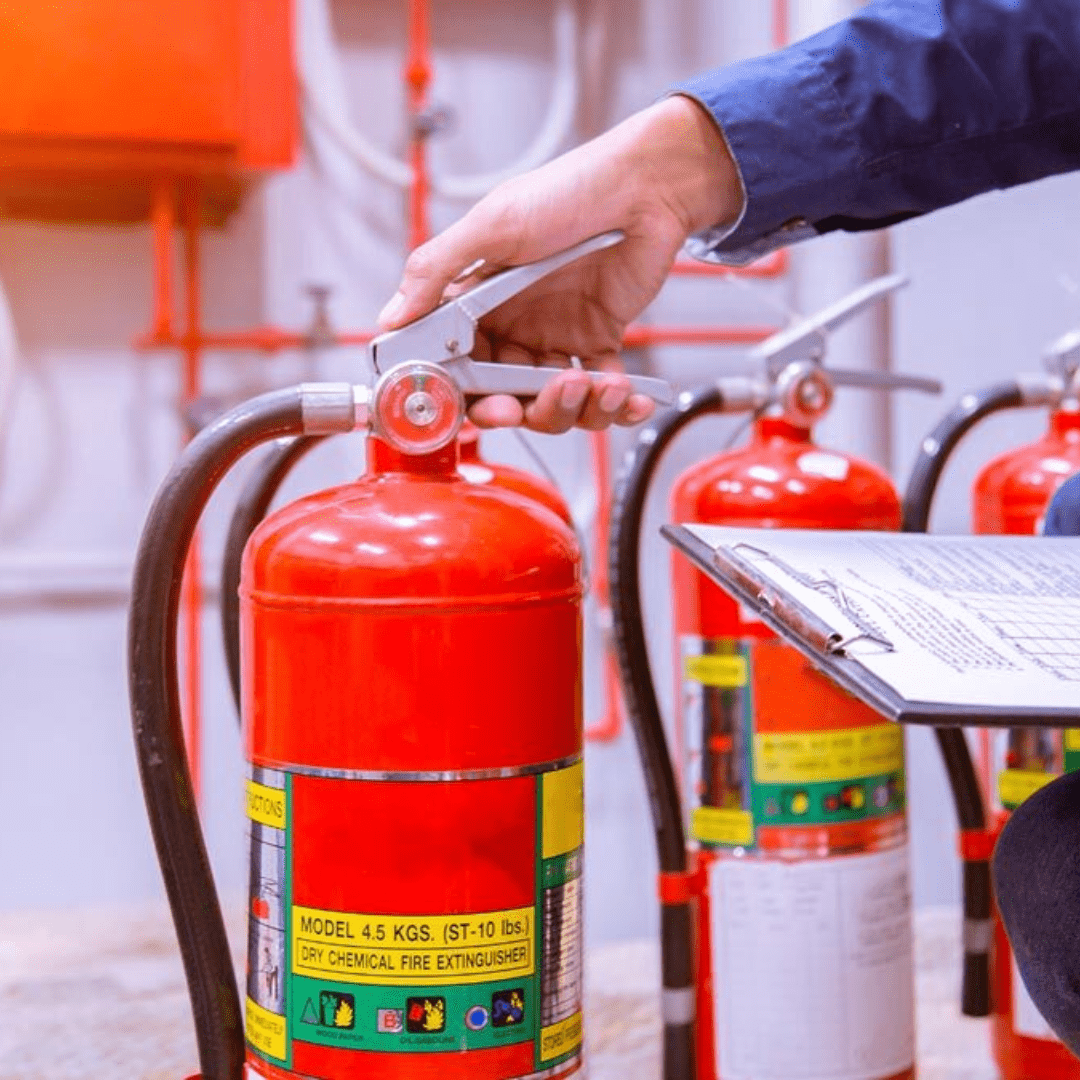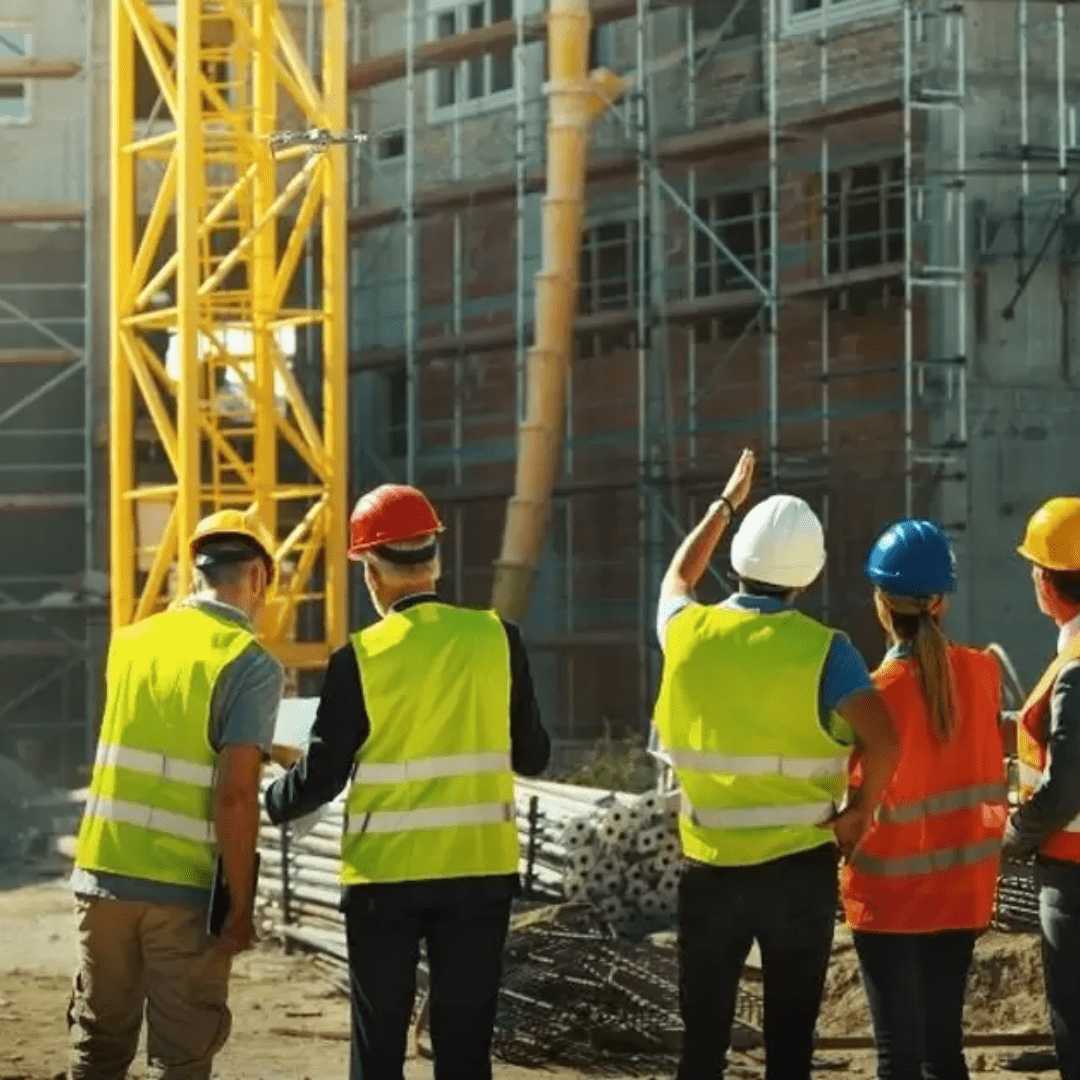Fire incidents can devastate lives, property, and reputation.
Robust detection, suppression, and egress plans are essential.
Standards like NBC 2016 and NFPA set rigorous benchmarks.
Compliance preserves both safety and legal standing.
Early-warning sensors now use multi-criteria technology.
They distinguish steam, dust, or cooking fumes from real smoke.
False alarms drop, but reaction times improve.
Control panels relay instant alerts to first responders.
Water-mist and clean-agent systems safeguard electronics rooms.
They suppress flame without drenching sensitive hardware.
Sprinkler zoning localizes discharge, saving water and cleanup.
Asset downtime shrinks from weeks to mere hours.
Internet-enabled controllers log every valve and detector status.
Remote dashboards reveal blockages or expired cylinders.
Predictive analytics schedules maintenance before failure.
Insurance premiums fall when risk metrics trend lower.
Training completes the safety ecosystem.
Staff drills reinforce calm, orderly evacuations.
Digital VR modules let teams rehearse varied scenarios.
Prepared people turn technology into true protection.





